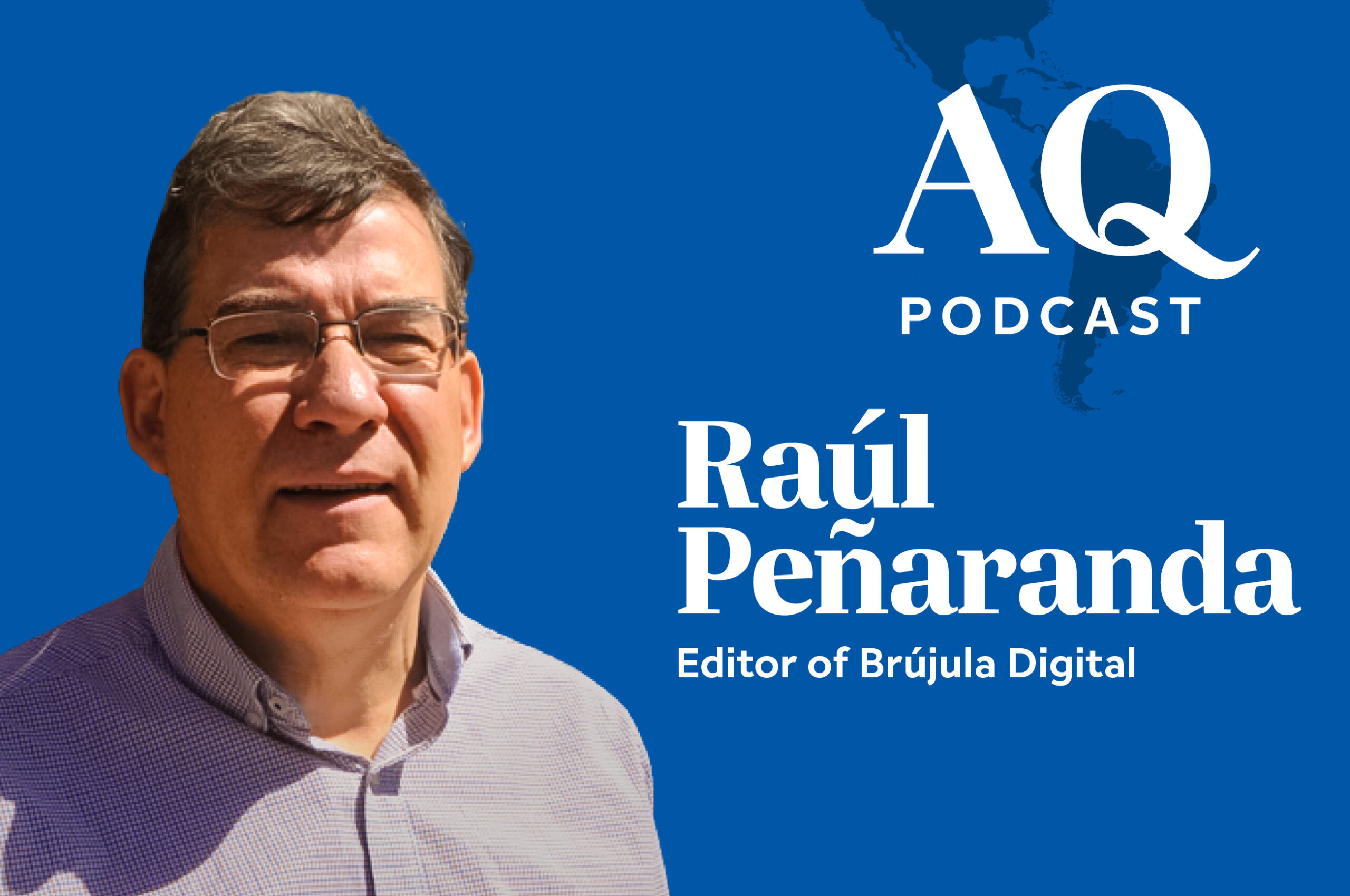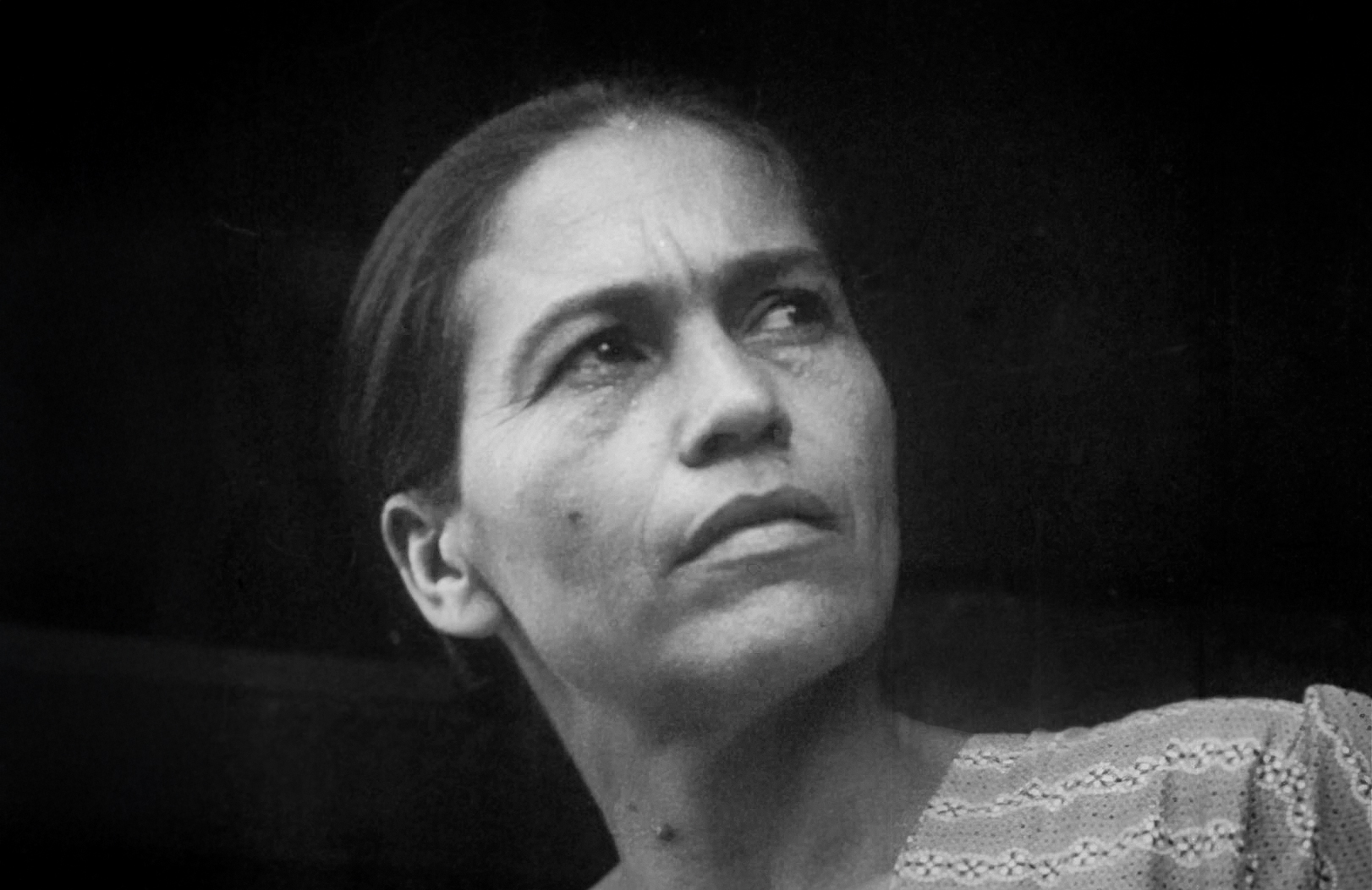Democracy's New Tool
Democracy's New Tool
Social networking sites are engaging users in political activism, from a massive international rally against Colombian guerilla group the FARC to the U.S. immigration debate. Facebook, MySpace, and YouTube also serve as tools to draw young Latino voters to U.S. polls.
On February 4, Colombians in five continents demonstrated against the FARC (Armed Revolutionary Forces of Colombia) using Facebook to spread the word. While marches drew as many as two million protesters in Colombia alone, rallies took place in New York, Tokyo, Sydney, and Paris, as well as remote locations like Egypt’s Red Sea area and Chile’s Patagonia region.
Organizers, mostly college students and grassroots activists, recognized a worldwide trend of using cyberspace for political engagement. In less than two months before the protest, over 277,000 members joined the Facebook group called “A Million Voices Against the FARC.” The group’s forums were used by organizers to discuss logistics and keep its members updated about last minute details, including location changes.
The protests were the largest civil demonstrations in Colombia’s history. Marchers demanded the release of all hostages and an end to terrorist activities by the guerrilla group. Some criticism was drawn from victims' families, who were nervous about the FARC’s reactions and the already delicate health situation of hostages long in captivity. Others argued that the message was too limited because the government and paramilitary groups also played a role in the four-decade old conflict. However, activists are using Facebook once again to mobilize protesters against the paramilitary group United Self-Defense Forces of Colombia (AUC). A Facebook group dedicated to the march, planned for March 6, already has 5,300 members.
Cybersapce is also being used to engage young Hispanic voters and activists in the United States. Last year, pro-immigrant groups organized a national demonstration to support immigration reform while the matter was debated in U.S. Congress. Organizers used social networking site MySpace to reach and engage students on the topic, who shared information about their immigrant parents’ experiences.
More recently, media attention has focused on social networking as a tool to attract young voters during the 2008 U.S. election cycle. Generation 2.0 participated in the Democrat and Republican debates on via YouTube. Facebook has a permanent desk in some news outlets like ABC, and online blogs are mobilizing young voters to go to the polls. Latinos make up 68 percent of new young voters. Voto Latino, an organization dedicated to drawing Hispanic youth into the political arena, uses social networking and text message campaigns to mobilize Latin youth to vote. As Deputy Director of the Pew Hispanic Center Susan Minushkin told AS/COA Online in an interview, the Hispanic youth vote will play an increasingly important role because, while Hispanics account for 15 percent of the population, “they only make up 9 percent of eligible voters because so many Hispanic citizens are under 18.”








